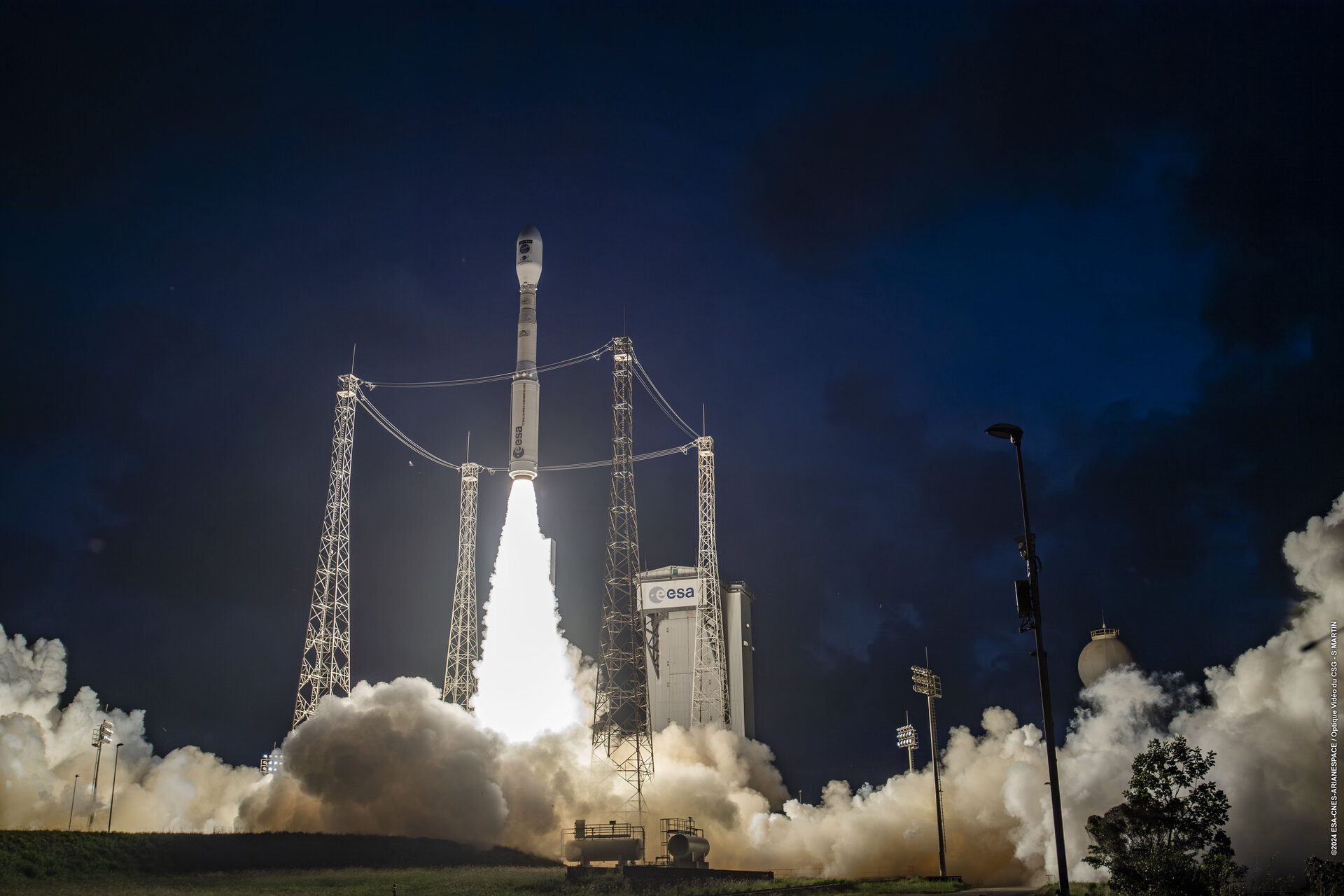Whether it is a rogue Great White shark in the movie Jaws (1976), or a menacing giant squid in Disney’s version of Jules Verne’s 20,000 Leagues Under the Sea (1954), sea monsters are the stuff of nightmares. In the latter film, the giant squid was called the Kraken, after the monster that has, in legend, roamed the seas for centuries. The Kraken has long been mooted as being responsible for deaths of seafarers, with stories of its giant tentacles dragging both ships and men to the bottom of the sea.
And now it seems that the Kraken has been spotted for real. Google Earth satellite imagery apparently shows a giant squid at least 100 feet (30m) long swimming in the Antarctic.
However, in case you get too fearful of setting foot in the water lest the Kraken gets you, according to the Clash of the Titans (1981), a film retelling the Greek legend of Perseus and Andromeda and whose characters have star constellations named after them, there is a way of defeating a Kraken. In this epic, the creature was actually depicted as a not-too-wonderful-looking manlike monster with squid-like sucker appendages on his multiple arms. To keep a city safe the sea monster periodically needed to sate itself by devouring a beautiful sacrificial virgin, and poor Andromeda found herself being involuntarily “volunteered” for the role.
However, it all ends well after her heroic rescuer, Perseus, finds out that all you need to do to defeat a sea monster is to show it the severed snake-writhing head of the gruesome gorgon Medusa to turn it into stone.
While beautiful virgins (of all sexes) are a scarce commodity – well, at least, in West London – gorgon heads are even harder to come by.
So perhaps the sight of your correspondent’s head on one of his “bad hair” days might just have to do – but he would prefer it (bad hair or not) if it can stay attached to the rest of him.





